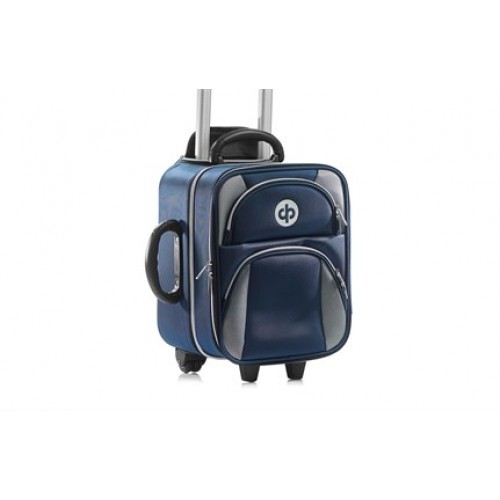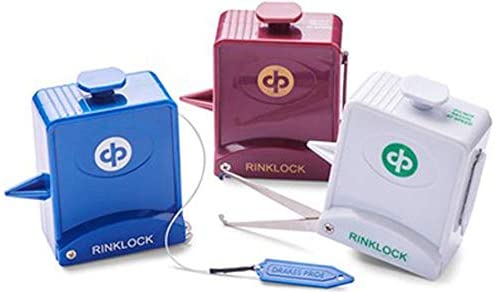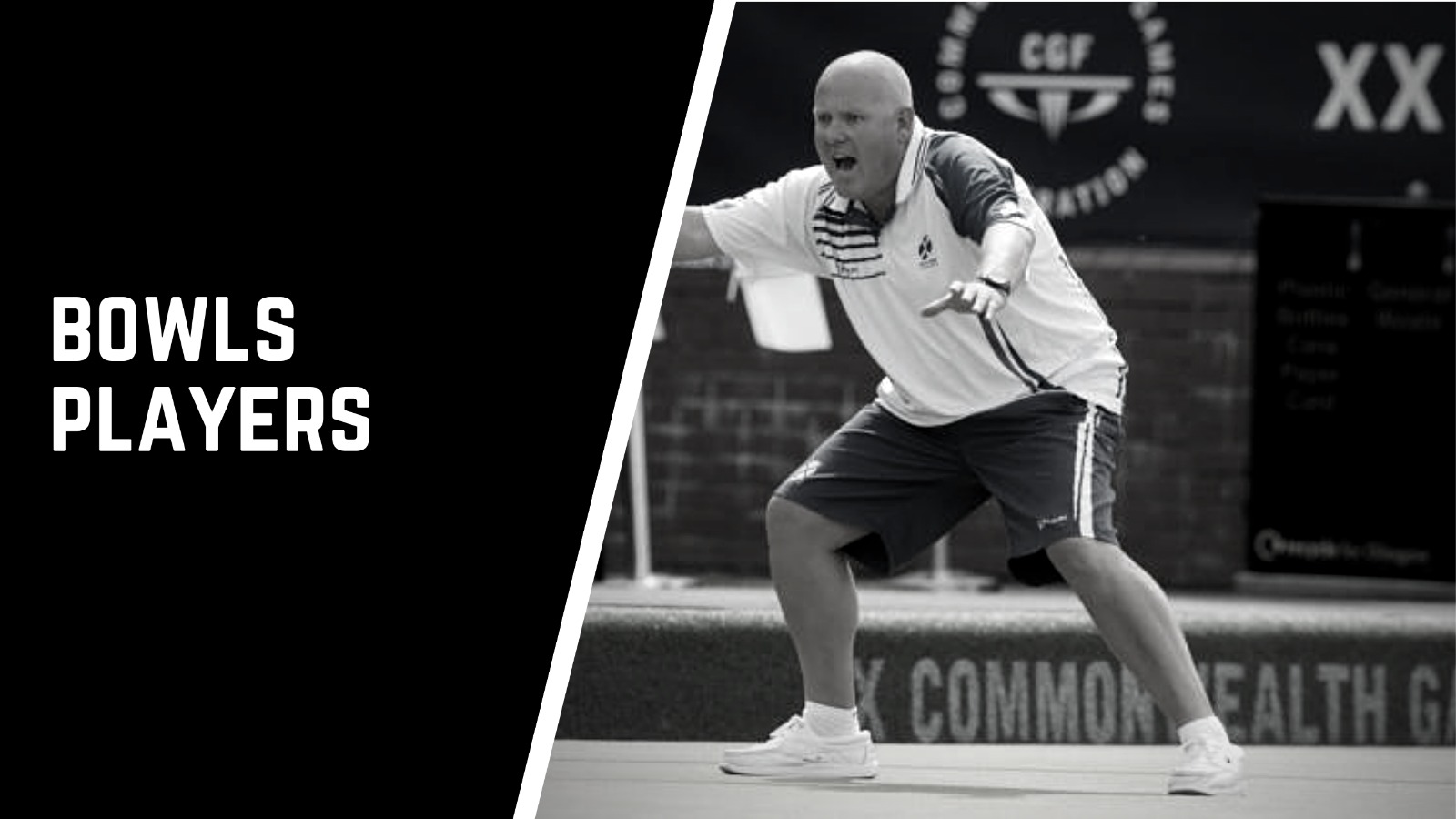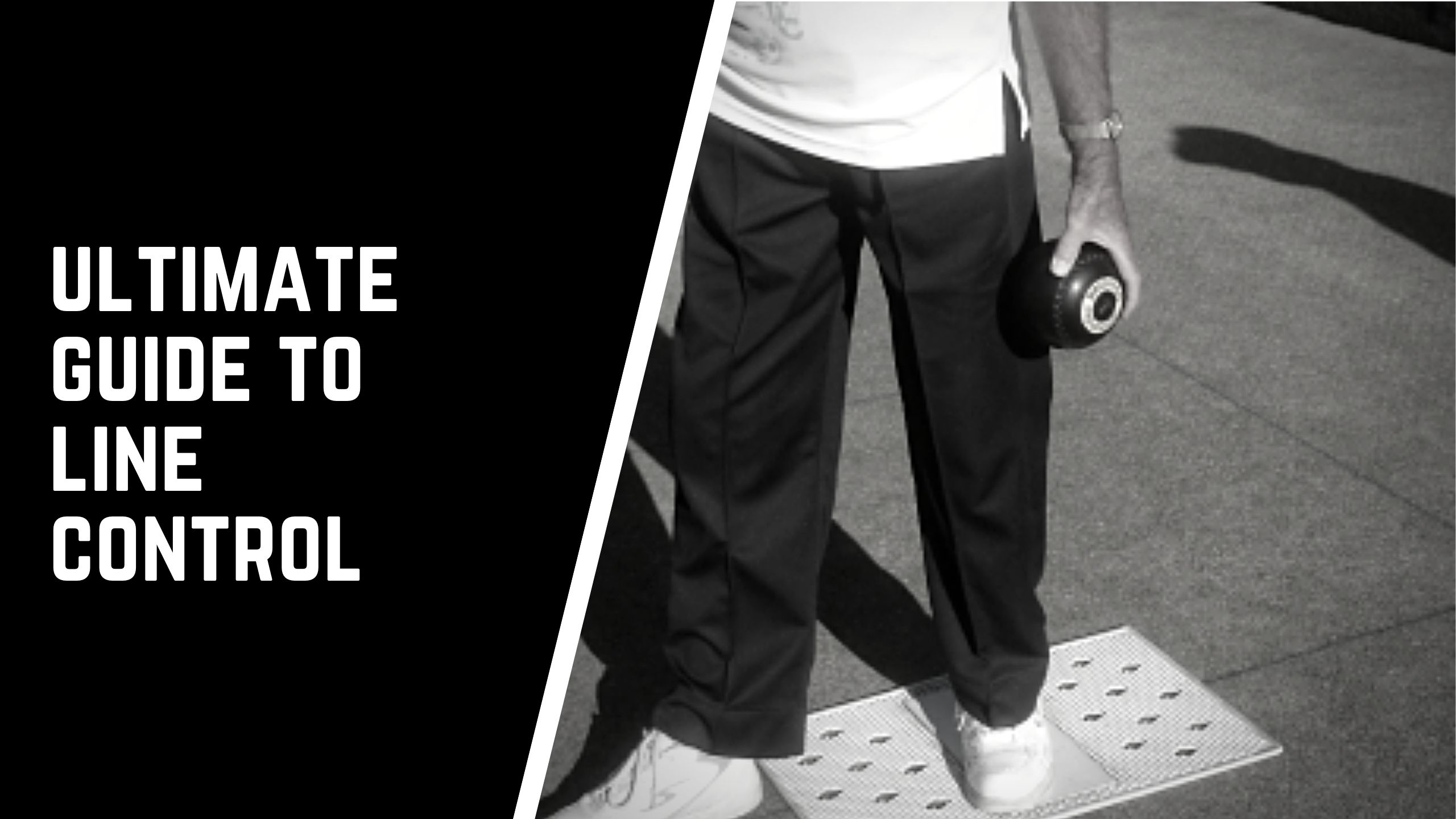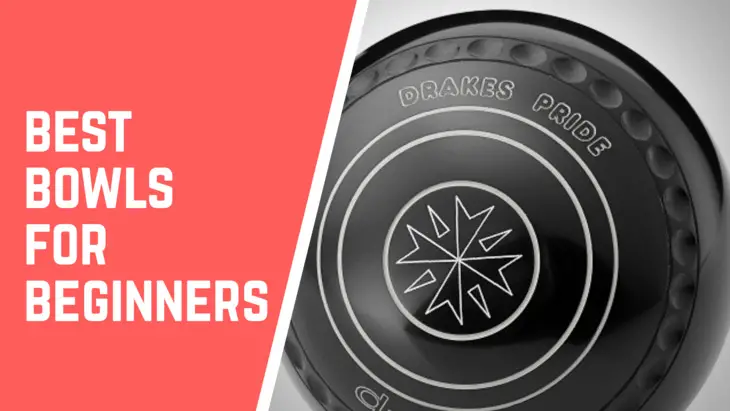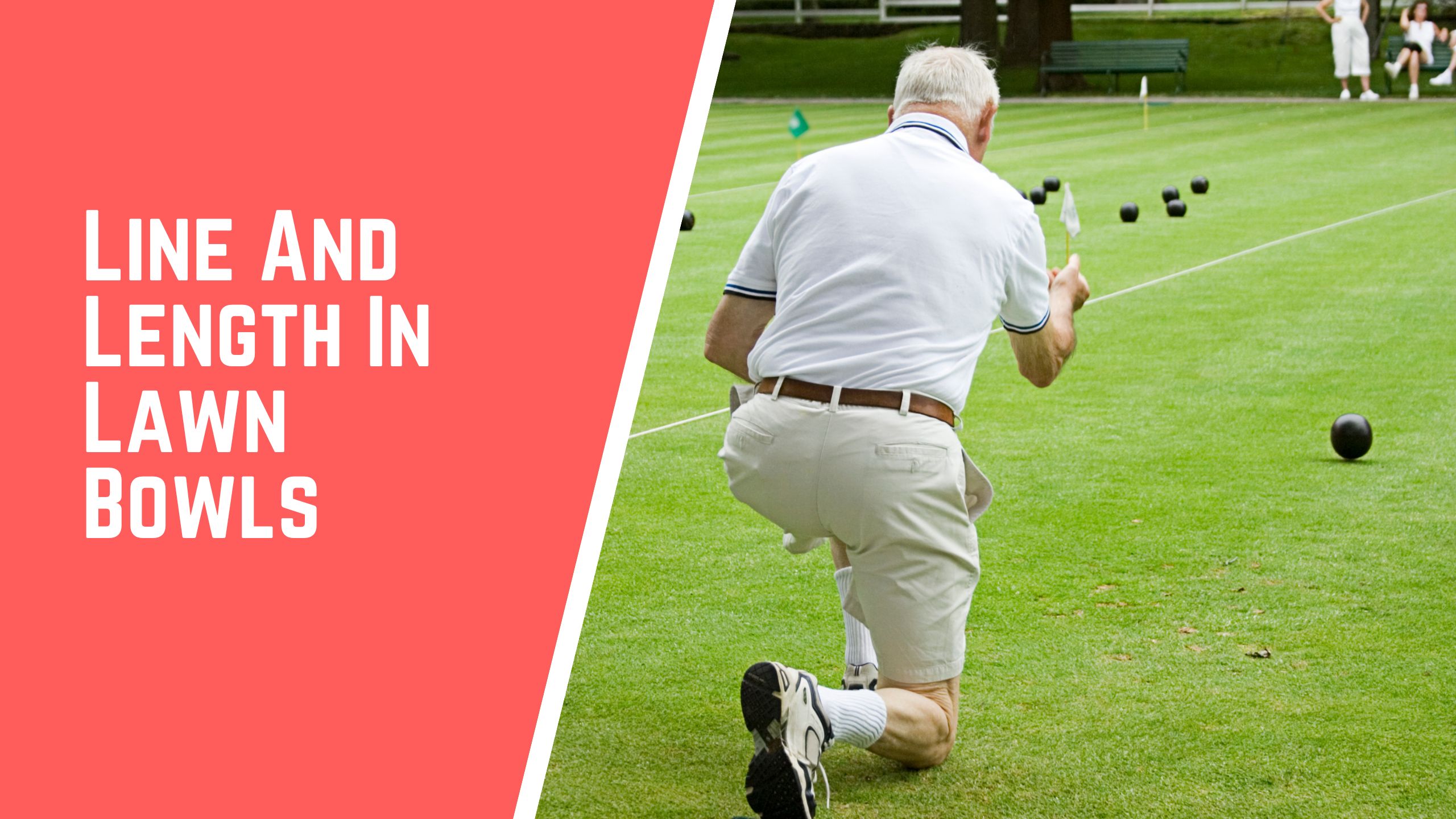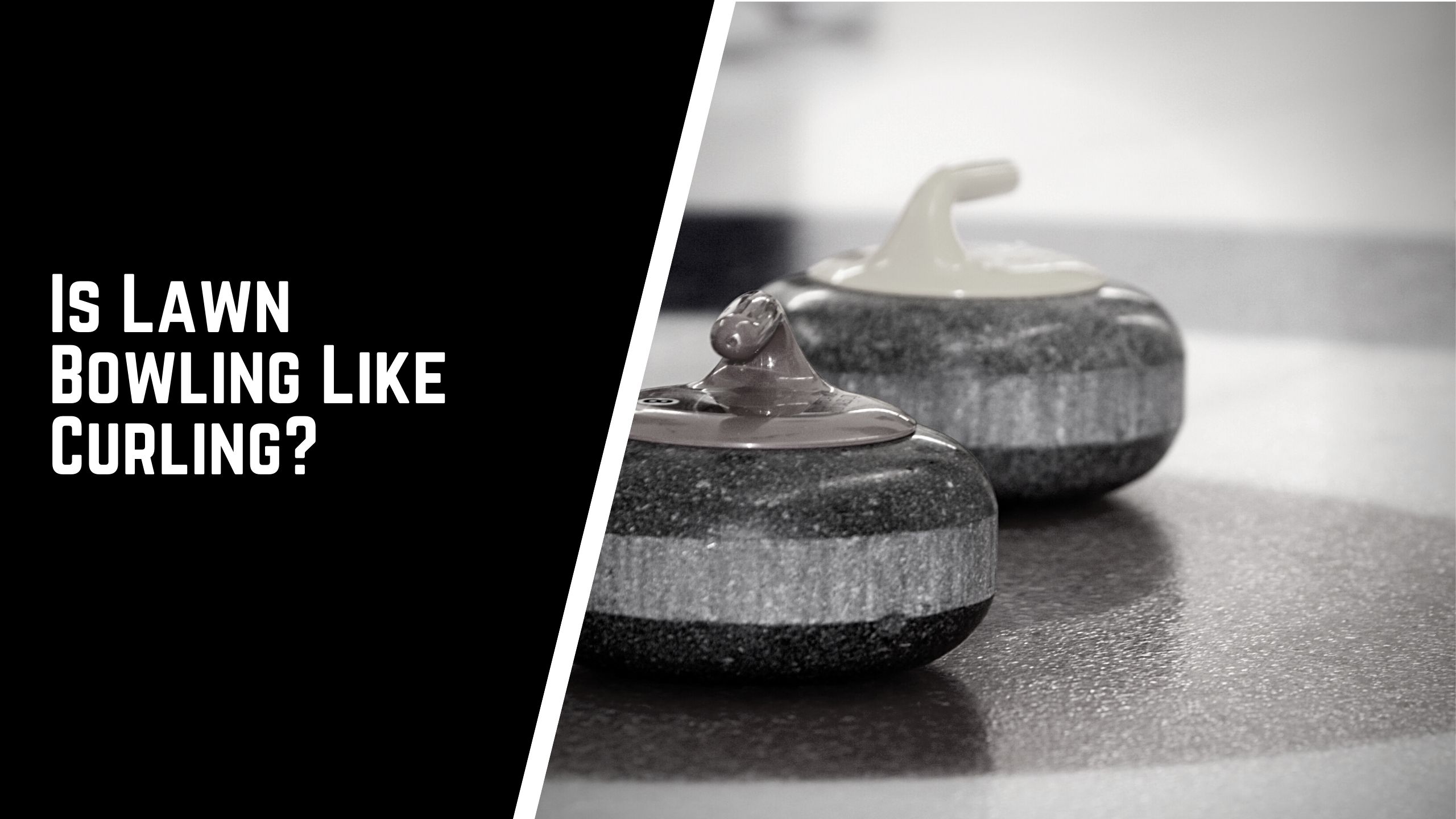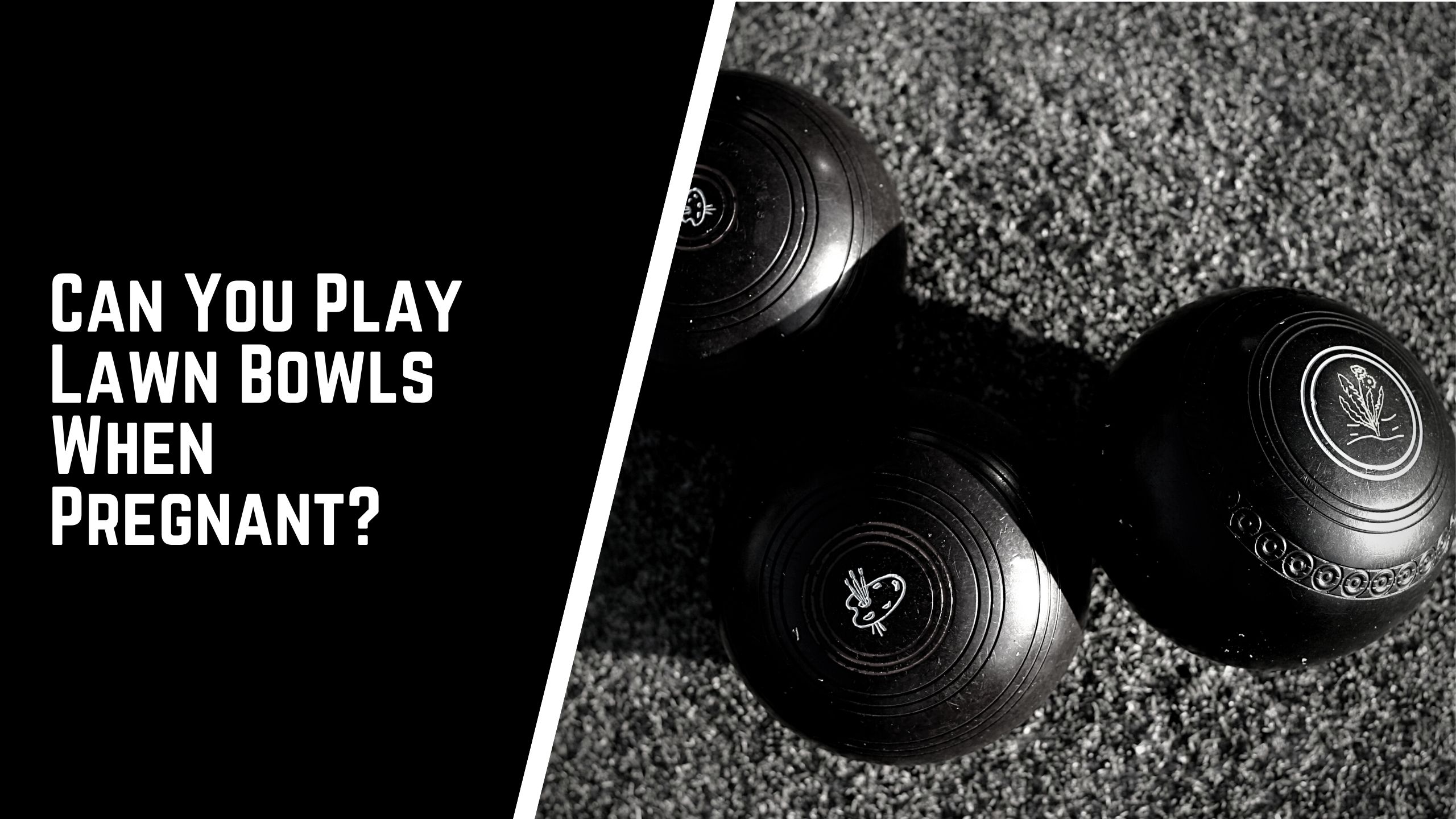There are two keys to playing bowls well – finding the right weight, and finding the right line. Of course this is easier said than done, especially for the beginner! Bowling on the right line is the foundation of the game – good weight control starts with good line control.
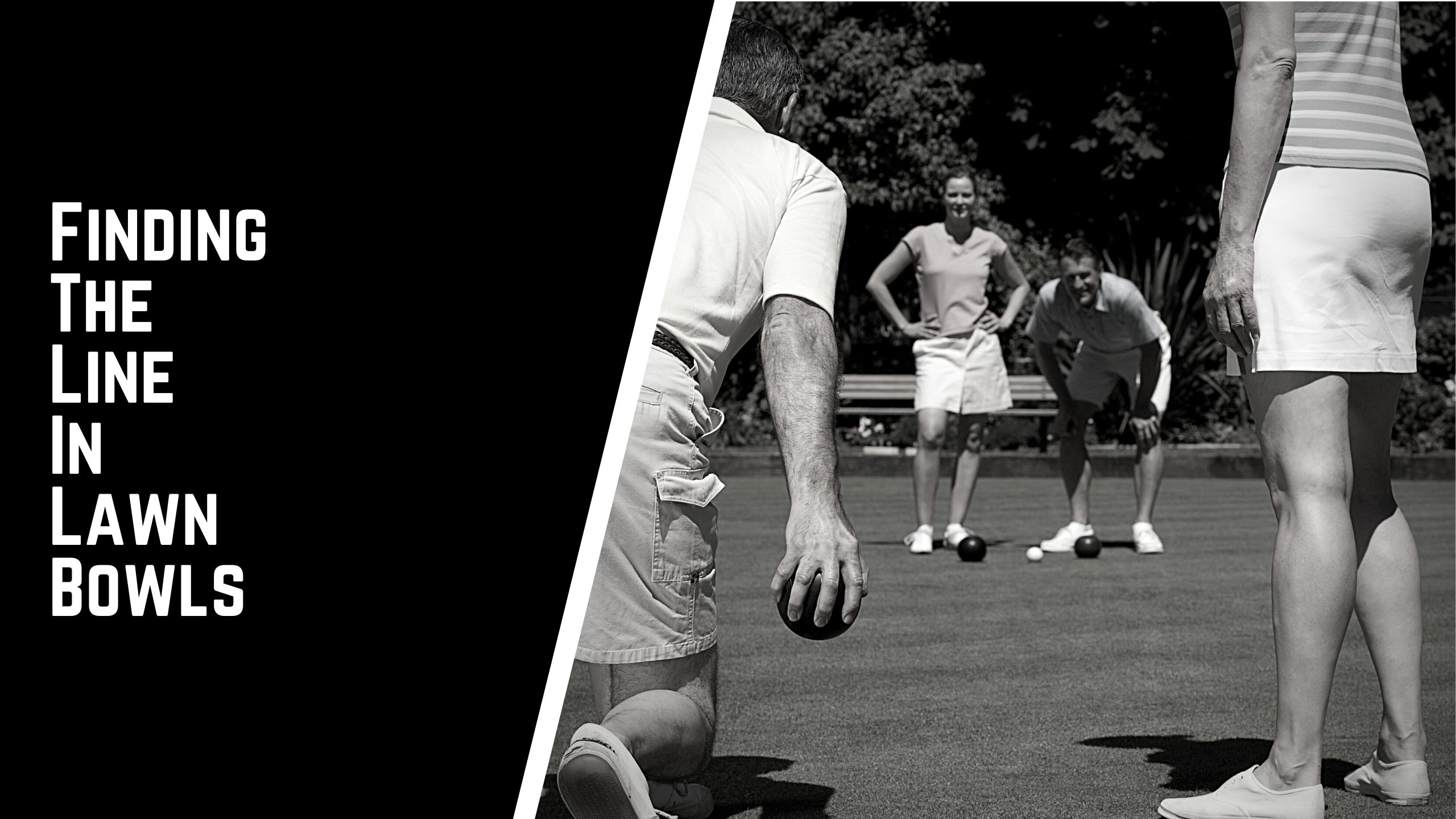
There are plenty of guides about using aiming points to help stick to your line – including my guide on aiming points – but that doesn’t really help you find the line in the first place.
In this guide I hope to give you practical tips on how to find the correct line.
How to find the correct line in lawn bowls
There are 4 main ways which you can use together to help you find the right line. This include:
- finding the line based on your bowls
- finding the line based on other player’s bowls
- adjusting based on the conditions and rink
- adjusting based on aiming points
Lets look at each of these in a bit more detail.
Finding the line based on your bowls
To help find the line you need to first have a starting point from which you can adjust.
The best way to do this is to use your knowledge of your own bowls. The bias never changes on the bowls, so you can be fairly confident on how much your bowls will bend on an “average” green (that is – the most common type of green you encounter).
For example, I know my Aero GrooVes need about 1 1/2 mat lengths from the centre of the rink on a forehand, and a mat’s width from centre on my backhand. This is on an outdoor green that hasn’t been open to extreme weather – i.e. heavy rain or hot sun.
I know from the moment I stand on the mat where these points are. Of course the line is often wrong first up! But it’s “there or there abouts” which is good enough for a trial end.
Finding the line based on other player’s bowls
There may be plenty of makes and models available to the modern bowler, however you are likely to encounter the same 3 or 4 models in any given game. For me, I see plenty of Taylor Aces and Drakes Pride Professionals.
If you know how they behave – which you will if you pay attention for long enough – you will notice when they are taking a different line than normal. You can then use this information to adjust your own line.
This can be tricky as bias can change on a model over the years. For example a Drakes Pride Professional from 20 years ago will likely have a bit more bias than a modern one. Also, a player’s individual action can interfere with a bowl’s natural path – however this technique can give you another input when assessing lines.
Assessing the conditions
The biggest impact on the line of a bowl is the conditions. This includes the weather, but also the state of the grass when playing outdoors.
Assessing the conditions – both at the start of the game, but also as the game progresses – its a skill unto itself – and will grow with time and experience. But the first step is understand what the different factors are, and how they will affect the line of the bowl.
Weather
This is the obvious one. Weather (or the effects of it on the green) is possibly the single biggest factor in the line taken by the bowl.
Wet weather will slow a green down, creating a much narrower line, as the wet ground will increase friction on the bowl – the same is true for dew.
On the other hand, a prolonged period of hot weather will dry the ground out, which makes for a much faster, swingier surface.
So when you turn up to play, be aware of:
- the weather over the previous 3 days – the surface will be most affected by prolonged periods of extreme weather
- the weather on the day – short bursts of rain just before, or during a game will have an impact
- the time of day – most important when playing evening games, as dew can settle which will create narrower lines
Beginner Essentials
Green condition
The condition of the green is also a big factor in what line your bowl will take. Bowls will run faster on certain surfaces, so looking for inconsistent patches is key.
“Patchy” greens can be found in a couple of different circumstances – mainly around extreme weather, or poor maintenance. Lets have a look at a couple of examples…
Damp patches
This can be seen with darker green areas on the green. This can be caused by poor drainage on certain areas.
If your bowl goes over this patch it will slow down, and also stop turning whilst it’s on it.
Bare patches
These are either areas of brown or non existent grass. Mainly caused by long periods of hot weather.
If your bowl goes over this area it will look like the bowl speeds up, and will have trouble slowing down.
Ideally if you are seeing bad patches on the green you should look to avoid them whenever possible. If one hand has fewer bad areas, try to stick to that side of the rink.
Previous experience
There are just some clubs you go to where you just know you’re in for a tough day!
Use your previous experience, and that of those in your club, to find out the general characteristics. For example some greens are:
- heavy – no matter what the weather
- fast – as they are well kept
- inconsistent – because they have a bad groundskeeper
Using aiming points
Aiming points are great for sticking to a good line, but they can also be used as markers for finding a line.
As you are trying different points it can be tricky to keep up with what you have tried already. Try and find 3 or 4 points behind the rink, and use these as “waypoints” as you try different things. As you narrow down on the perfect line, you can focus in on the one that you want.
Below is a diagram of the possible aiming points on a green.
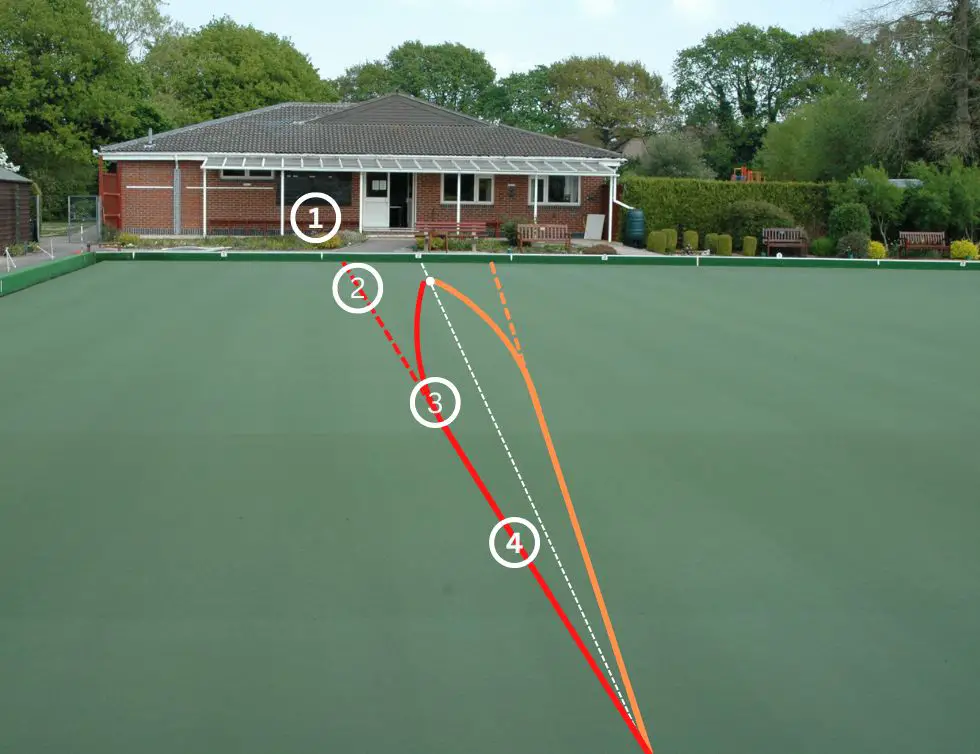
Finding something either:
- Behind the rink
- a point “jack high”
- the “shoulder” of the arch (i.e. the point at which the bowl will start to turn)
- a point 2-4 yards in front of you
Having multiple aiming points is great as the game goes on. If you notice the green speeding up, you already have a wider aiming point ready to go.
Finding a line – bringing it all together
There’s quite a few ideas here to help you get started. But how do they all fit together? Here is how I would think about working out a line.
Before the game
Check the weather for the previous few days (including the day you are playing). If it was particularly wet or dry then look over the green for affected areas.
Only check for anything out of the ordinary at this point. There’s no need to over analyse things now.
Be sure to have a good idea on how your bowls normally behave. Using this along with the assessment of the green should give you a rough idea on where your line needs to be.
Check the other bowls of the players on your rink. Do you know any of them? Make a note of the models you are familiar with, and be sure to watch them go down the green.
Trail ends
Trail ends are huge for assessing the condition of the green, so be sure to make the most of it.
Use this time to find 2-3 aiming points on both hands, and to try what you think is the correct line.
Watch the other players – I try to casually stand on the bank directly behind the mat to get the best view.
As the game progresses
Keep an eye on how all the bowls are behaving. Each shot is another chance to learn something about the surface.
Be aware of changing conditions, such as rain or dew, and alter your aiming points when needed.
Conclusion
Finding the right line is essential for a good lawn bowler. Keeping on a line is only good if you know where the line is! Therefore the key skill in bowls is finding the correct line first.
Get The Complete Lawn Bowls Drill Pack
The Jack High Bowls Drill Pack is available now for instant download.
Perfect for beginners and improving players looking to be more consistent and win more games!
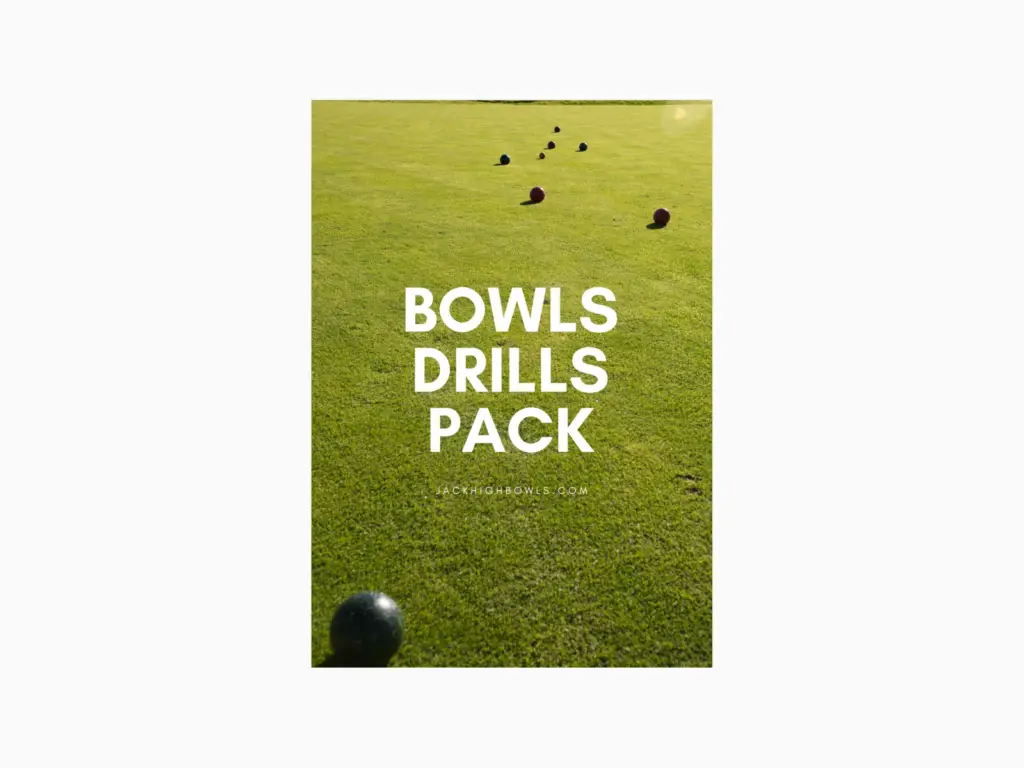
Get The Complete Lawn Bowls Drill Pack
The Jack High Bowls Drill Pack is available now for instant download.
Perfect for beginners and improving players looking to be more consistent and win more games!


